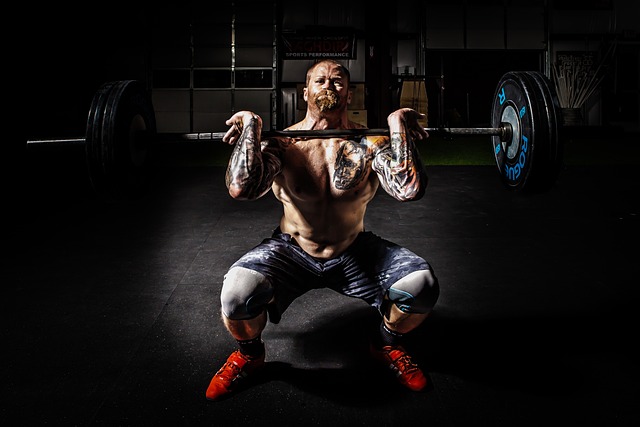Do you want to get into better shape but don’t have hours every day to commit to the gym? Do you prize efficiency in all of your daily activities? Are you simply seeking better results? If you answer was yes to any of these questions, this post is for you!
There are certain exercises that deliver the greatest results in the shortest timeframe. These exercises have the power to transform your body. By mastering these seven, essential compound exercises you’ll see phenomenal results. Let’s jump right in!
Bent-Over Rows
Let’s begin with a crucial upper-body exercise: the bent-over barbell row. This exercise targets the rhomboids (upper back muscles), rear delts (rear shoulder muscles), and biceps.
This is one of the most crucial pulling movements you can perform. Because you’re working multiple muscle groups involved in pulling, you can lift a lot more weight with this compound exercise than you would if you isolated any of these muscles individually. By strengthening your rhomboids and posterior deltoid, you will tighten up your upper back, allowing you to stand up straighter and maintain a more attractive upright posture.
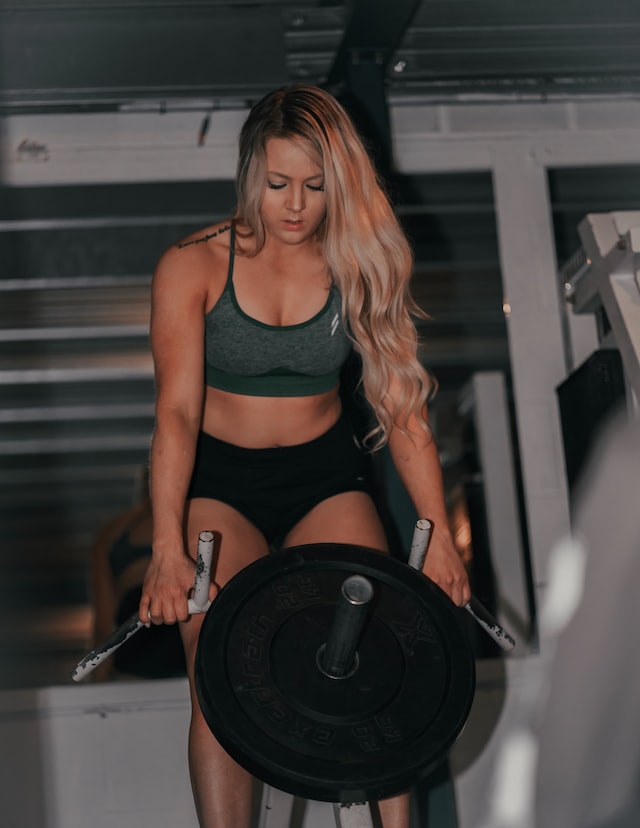
Because you can lift heavier weights with this exercise, your biceps will be stimulated as well, as you will be lifting a weight that would be impossible to lift with an isolated movement like bicep curls.
Rows are great because you can do them with a barbell or dumbbells, but a general rule of thumb to remember is that you’ll be able to lift more weight and typically build more mass with barbells over dumbbells.
You can target different parts of your back by changing the angles at which you bend during a bent-over row. A fully bent-over position at a 90-degree angle targets more of your lats and middle back, whereas standing upright targets more of your traps and upper back.
Chest Press
Next up are barbell and dumbbell chest presses. Chest presses help you develop the anterior or the front part of your upper body. Chest (or bench) presses will target your chest, the front head of your shoulders, as well as your triceps. With chest presses, you want to spend the majority of your time doing them at two different angles, flat and incline. If your weakness is your upper chest you want to spend more of your time doing incline presses. If your upper chest is fine but you lack lower chest development, you want to spend more of your time doing flat presses.
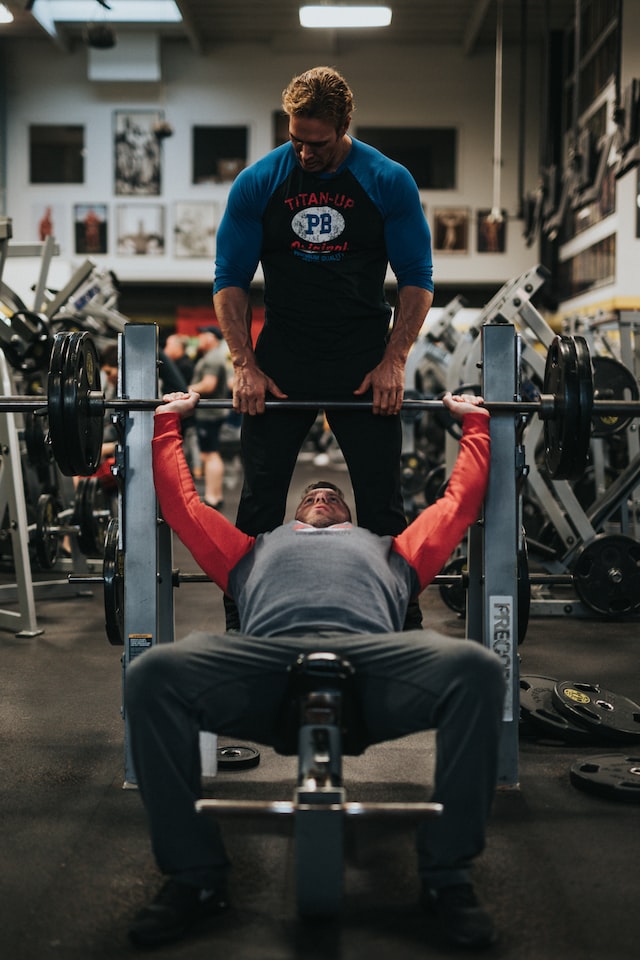
There is a third angle that I have not covered, decline. Flat presses effectively deliver benefits for your whole chest, including the lower chest, and flat and incline presses allow for a fuller range of motion. For these reasons, we choose not to emphasize decline presses.
This exercise can also be done with dumbbells, but be aware you will not be able to use the same amount of weight. You will have to go much lighter with dumbbells.
The amount of development this exercise provides for your chest, front shoulders, and triceps is unequaled by any other movement. Barbell presses, in particular, allow you to utilize a lot of weight, thereby stimulating growth. This is easily one of the most impactful exercises for any of those three muscle groups.
Barbell Squat
In the way that barbell chest presses are the premiere exercise for upper body development, barbell squats are the lower body equivalent. Barbell squats (and squats, in general) are a complete lower body workout. Done properly, squats work your glutes, quads, hamstrings, calves, and even your lower back.
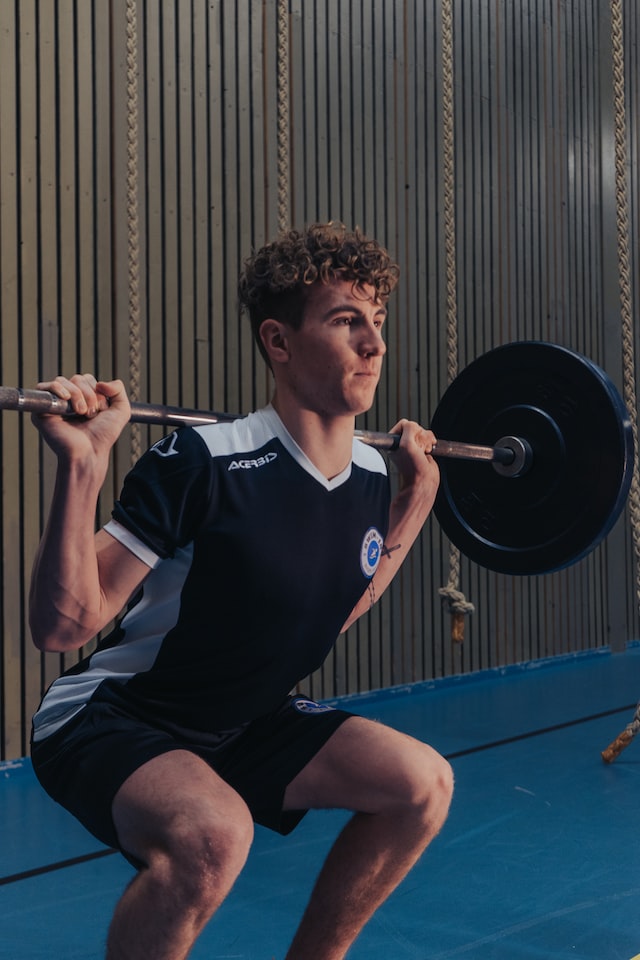
The benefits don’t end there. Performing this exercise with heavy weight strengthens your central nervous system, increases testosterone, and can stimulate the production of growth hormone. This will allow you to increase gains across all of your other exercises, resulting in increased overall body strength.
Squats are a natural movement. They can be performed by anyone as long as they are done deliberately and with a focus on proper form. Beginners can perform this exercise with a dumbbell in each hand to become accustomed to the movement. They can then work up to greater weight and then to barbell squats.
Pull-Up
Pull-ups are not easy. Beginners (and you heavier, experienced lifters) may need to perform the assisted variants for a while before developing enough strength for full sets of standard pull-ups.
This exercise focuses on your lats, biceps, and upper back. Lat development gives us that V-shaped torso that screams athlete.
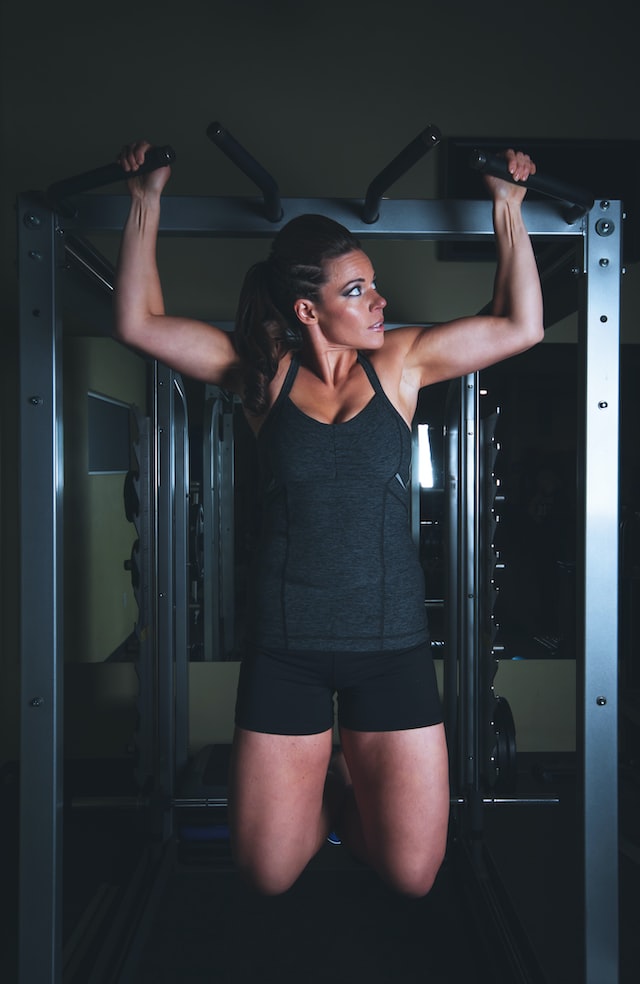
Pull-ups are not to confused with chin-ups. A chin-up is done with a narrower grip that has your palms facing toward you. This exercise is primarily for bicep development and does very little for your lats.
To do a proper pull-up you should take a grip that is wider than shoulder width, preferably with a sloped pull-up bar. You need to use a pronated grip, with your palms facing away from you. Pull-ups should be done in a smooth controlled motion.
Beginners can place their feet on a stool, chair, or bench. This will allow the use of the legs to assist the lats, biceps, and back in the completion of the movement. Make sure the primary muscles being targeted are working to the maximum of their ability and don’t make this into a leg workout.
Deadlift
This is a compound exercise that works a lot of muscle groups. Deadlifts hit your quads, hamstrings, glutes, upper, middle, and lower back, traps, inner thighs, rhomboids, core, and forearms. The involvement of so many large muscle groups allows for much heavier weight. This gives us the same benefits as squats, stimulating more testosterone and more growth hormone production. This leads to greater whole-body gains.
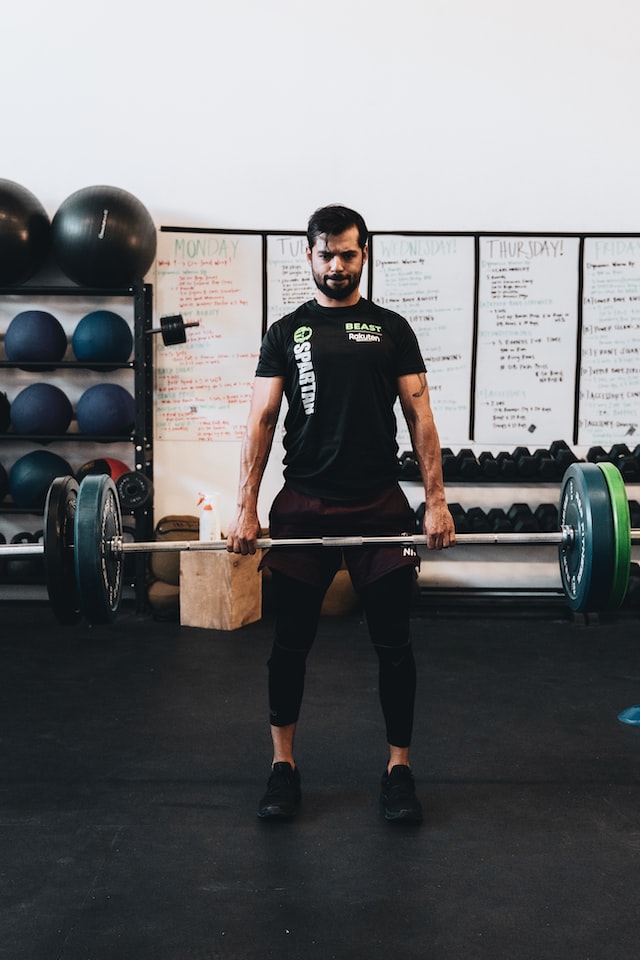
Just like squats, deadlifts should be deliberate and focus on form, with weight being of secondary importance. You can work up to greater weight levels when you have mastered the motion.
Shoulder Press
Well-developed and well-defined shoulders are the secret weapon that trainers help movie stars achieve. Shoulder muscles are severely neglected by most people and they require very little stimulation to start delivering results. This is where shoulder presses come in.
Shoulder presses work the front and lateral heads of your shoulders while also working the triceps, traps, and rotator cuff. Building the shoulder muscles, especially the lateral head, goes a long way towards widening the appearance of your upper body.
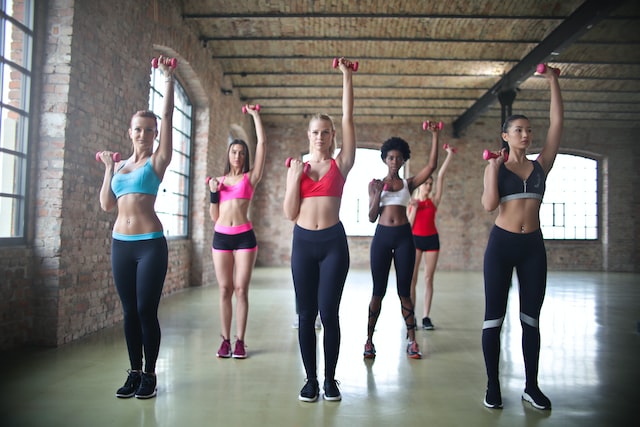
Some trainers still advocate lowering the bar behind your head. DigEnet does not subscribe to this methodology. There is no mechanical advantage to the behind-the-head version of this movement and there is a significant risk of damage to the neck and shoulders. Lowering the bar in front allows for increased weight and reduced risk of injury.
Shoulder presses are extremely effective regardless of whether you are using dumbbells or using a barbell to do the military press variation. Like other exercises discussed in this post, you will be able to use more weight and see faster progress when using a barbell.
Power Clean
This exercise seems complex and dangerous. It is worth learning because it requires the use of almost every muscle in your body and will develop explosive power in a way that very few exercises can.
The exercise starts as a close-grip deadlift, but the movement is much faster. The bar is driven straight up as you use your hips and hamstrings to accelerate the bar upwards. You will then drive your elbows under the bar and it will come to rest on your collarbones at the top of your chest. Lower the bar to the ground in reverse order.
Practice this movement with a lighter weight until you become comfortable and have achieved proper form. Your back must always stay in alignment.
A Parting Thought From DigEnet
These seven core exercises, if used together, will strengthen and develop your entire body. Virtually all muscle groups will be worked. These are all compound movements that allow for the use of increased weight. This leads to increased development with shorter timeframes. Feel free to incorporate exercises that isolate specific muscle groups, but do these after the compound movement. If you tire a specific muscle, it will impact all of the muscles involved in the compound movement. This will deprive the other muscles of sufficient stimulation and lead to diminished results.

